RobotLAB Blog
Everything You Need To Know About Robotics in Businesses
Financial Literacy for STEM Students: Why It Matters
By Devin Partida
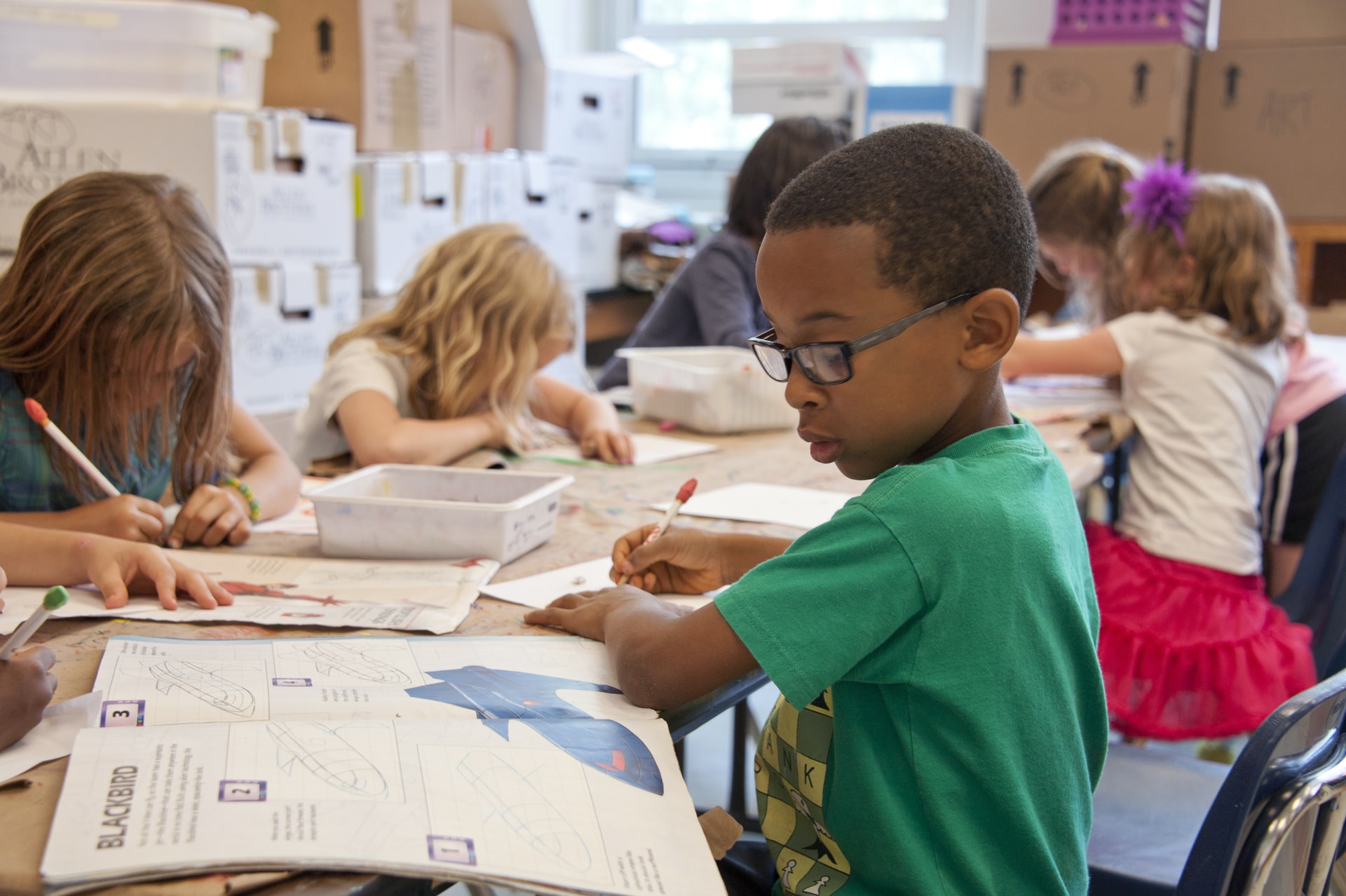
Financial literacy is vital for STEM students, as it teaches them to handle money well for challenges like project funding in their careers. Such a skill empowers these learners to make wise decisions for long-term goals like buying a home or planning for retirement. Here’s why knowing how to manage money is so important in STEM.
- 0 Comments
- Jan 30, 2024 8:55:04 AM
- Posted by Maria Alejandra Calcetero
- Topics: EdTech, STEM, teachers, Coding, programming, Makerspace, Edchat, AI
Preparing the Next Generation of Welders for Robotics and Automation
By Ellie Gabel
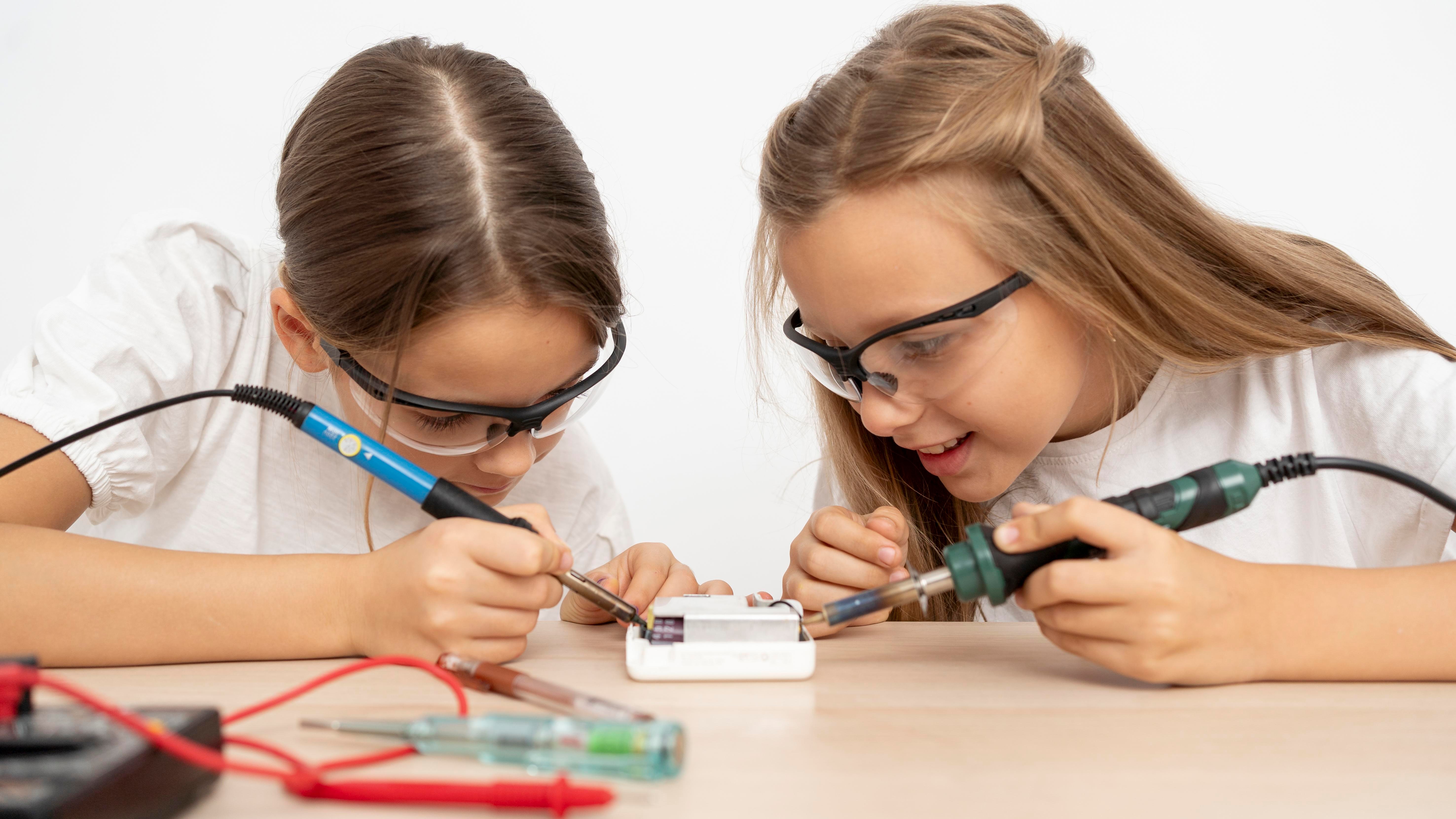
Welding remains a vital industry, crucial in everything from construction to manufacturing. It’s a field that has continually evolved, adapting to technological advancements. Recently, there’s been a significant shift towards incorporating robotics and automation in welding processes.
This shift is transforming the very nature of welding work. As a result, there’s an urgent need to prepare the next generation of welders. They must possess new skills and knowledge to excel in an environment where robotics and automation play a crucial role. This preparation maintains industry standards and ensures continuous innovation in this critical field.
- 0 Comments
- Jan 17, 2024 10:54:09 AM
- Posted by Maria Alejandra Calcetero
- Topics: EdTech, STEM, teachers, Coding, programming, Makerspace, Edchat, AI
The Robotic Future of STEM Education: A Look into Diverse Learning Approaches
By Katie Brenneman
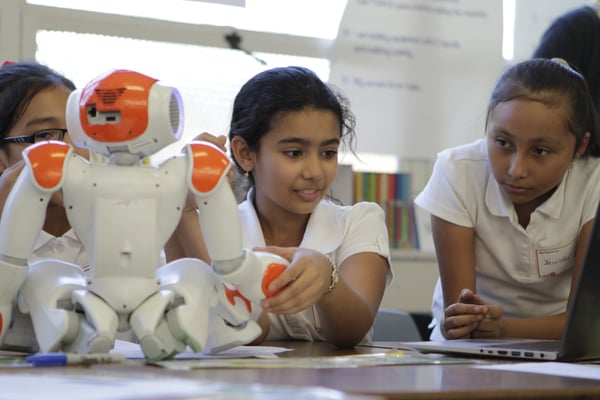
There’s little doubt that science, technology, engineering, and math (STEM) will continue to be a vital aspect of our society for the foreseeable future. Even many industries that aren’t obviously STEM-based are still driven by a range of tech tools. Our everyday lives are populated by ever more advanced hardware and software. It’s no wonder, then, that a solid STEM education is considered essential for today’s students.
Yet, one of the prevalent challenges of STEM education is boosting engagement among a more diverse student base. This vital collection of subjects is still not always inclusive to learners from different backgrounds. Fortunately, robotics can be a powerful tool here. It’s a fascinating and engaging subject while also holding enormous potential for driving, supporting, and encouraging diverse STEM learning practices.
- 0 Comments
- Jan 11, 2024 11:06:06 AM
- Posted by Maria Alejandra Calcetero
- Topics: Math, EdTech, STEM, teachers, Coding, programming, Edchat, AI
Using AI to Encourage Productive Struggle in Math
By Vicki Davis
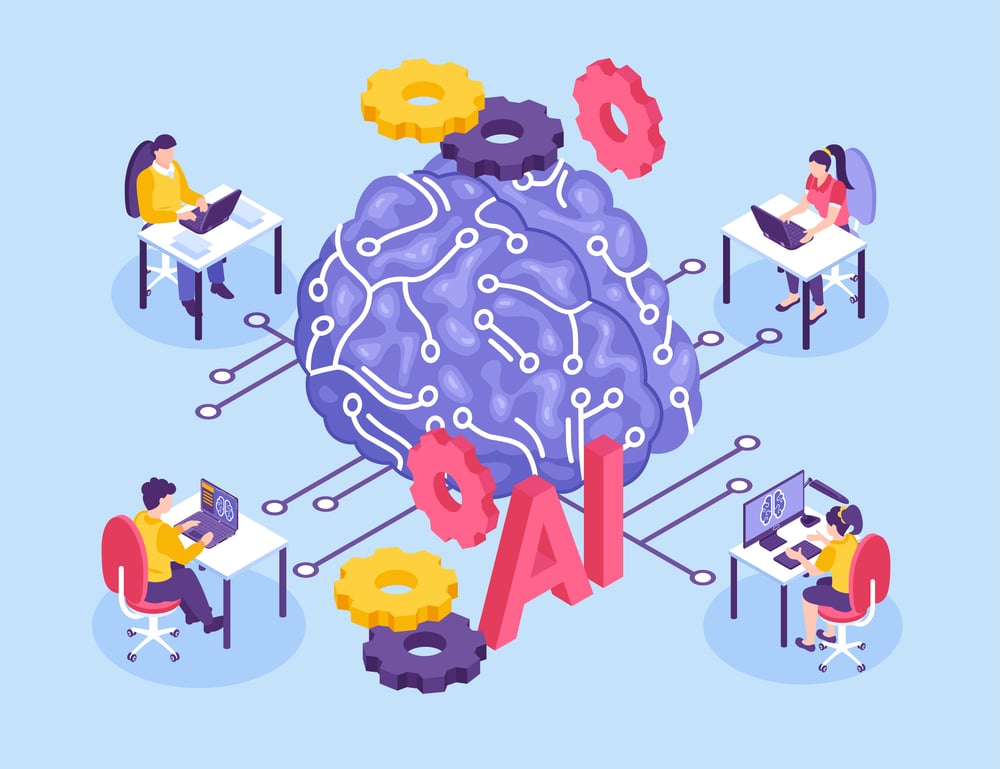 Image by macrovector on Freepik
Image by macrovector on Freepik
Students ‘don’t need an answer, they need help with the process,’ and combining ChatGPT with Wolfram Alpha is one way to guide them through it.
- 0 Comments
- Jan 4, 2024 7:54:03 AM
- Posted by Maria Alejandra Calcetero
- Topics: Math, EdTech, STEM, teachers, Coding, programming, Edchat, AI
Santa's Special Gift: A NAO Robot for Chase, a Kid with Autism
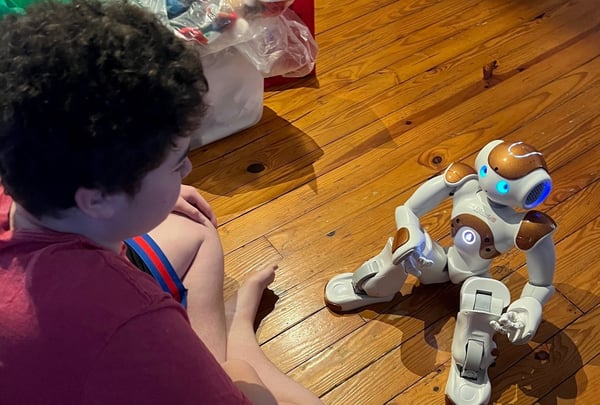
Every holiday season, stories of heartwarming miracles and unexpected gifts remind us of the magic of Christmas. This year, we bring you the heartwarming tale of a young boy named Chase, who has autism, and his extraordinary Christmas wish that came true. Chase asked Santa for a very special gift - a NAO robot. Little did he know that this amazing present will bring a positive transformation in his life.
- 0 Comments
- Dec 26, 2023 11:16:04 AM
- Posted by Natalia Galvis
- Topics: EdTech, STEM, teachers, Coding, programming, Edchat
The Decline in Educational Performance: A Robotics Intervention
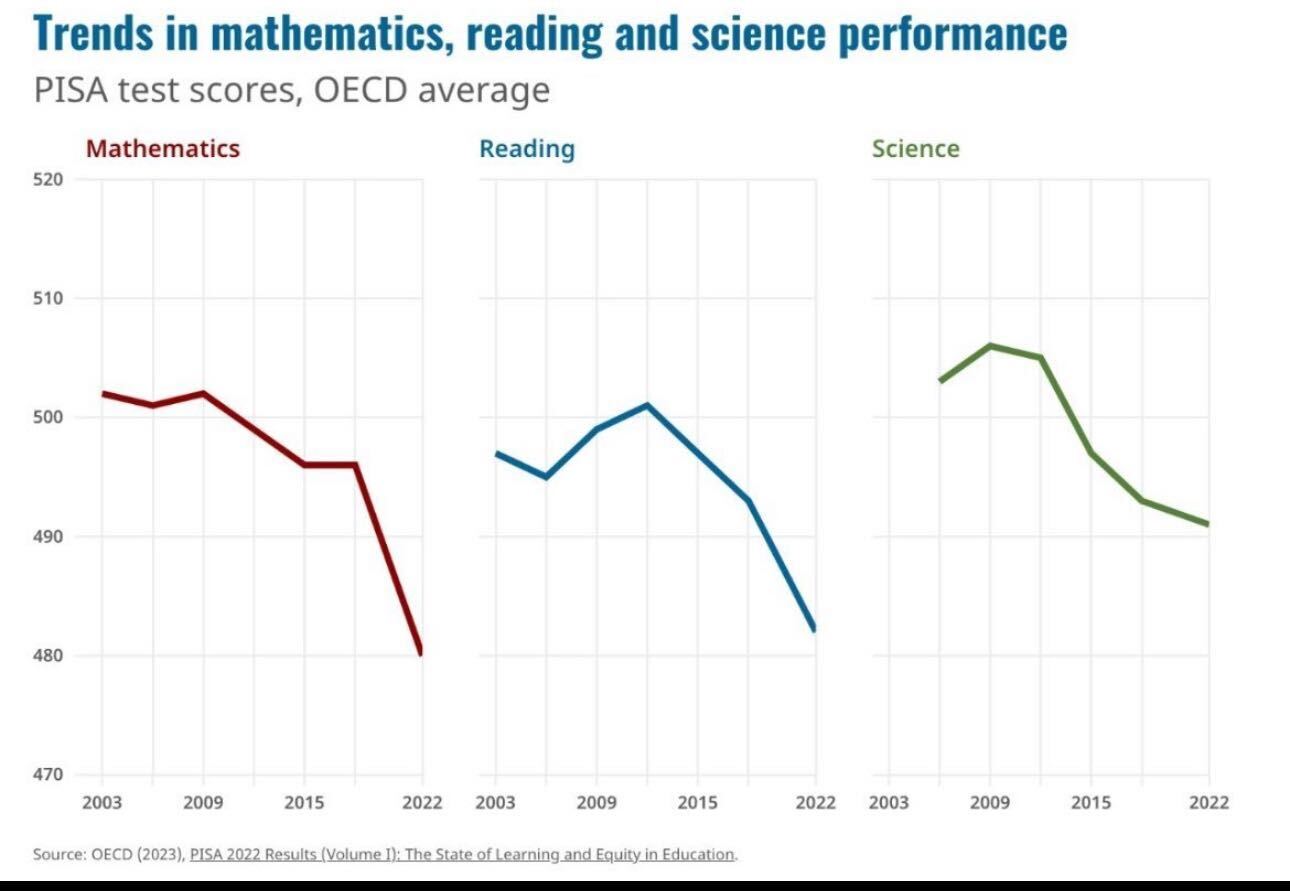
Image Source: https://www.oecd.org/publication/pisa-2022-results/
The recent PISA test scores for OECD countries reveal a concerning trend: a noticeable decline in mathematics and science performance among students. These subjects are pillars of modern education, underpinning critical thinking and problem-solving skills necessary for the workforce of tomorrow. Reading, while seemingly stable, also requires renewed focus to ensure comprehensive literacy. In the wake of these findings, it's imperative to find innovative approaches to re-engage students. Robotics education offers a multifaceted solution to this challenge, providing a dynamic learning experience that can reignite students' passion and proficiency in these key areas.
- 0 Comments
- Dec 13, 2023 10:00:42 AM
- Posted by Natalia Galvis
- Topics: EdTech, STEM, teachers, Coding, programming, Edchat
Innovative STEM Education: Crafting IoT Solutions
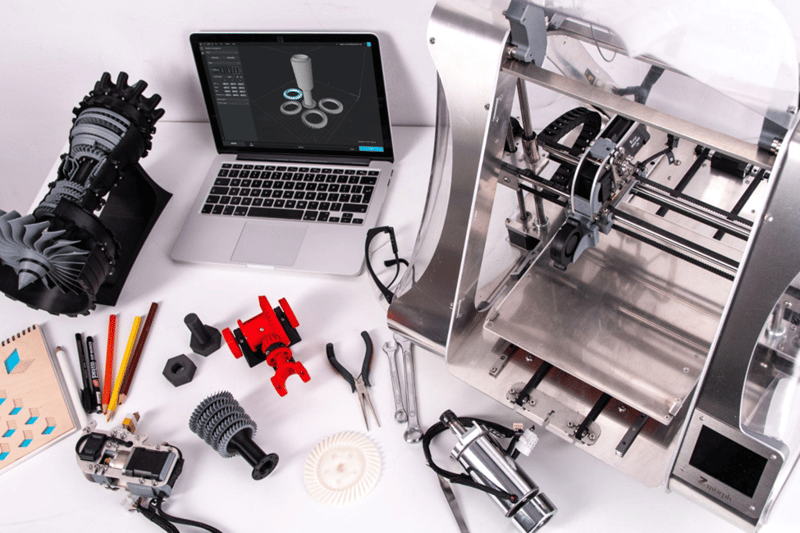 Image Source: Unsplash
Image Source: Unsplash
- 0 Comments
- Dec 6, 2023 2:14:40 PM
- Posted by Natalia Galvis
- Topics: EdTech, STEM, teachers, Coding, programming, Edchat
Looking to the Future of Education
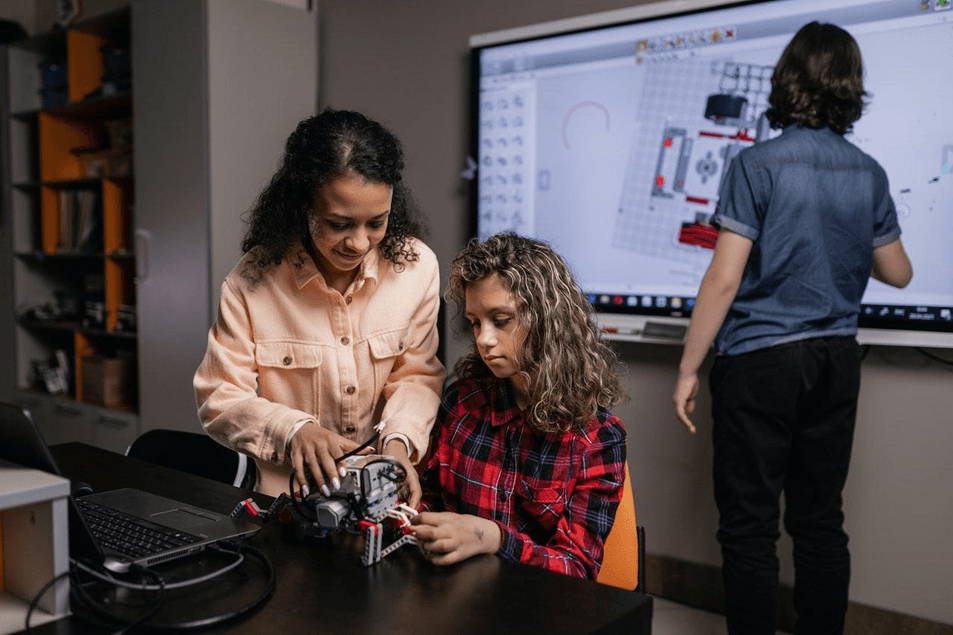 Image Source: Pexels
Image Source: Pexels
By Katie Brenneman
Education is essential to the development of each generation. Yet, it’s important to recognize that education also develops. New tools and priorities influence both what is taught and how the information is passed on.
Our contemporary society is particularly influenced by the growth of the digital landscape. Artificial intelligence (AI), virtual reality, and other tools are quickly becoming core components of everyday life. So, how is this likely to affect the future of education? Let’s take a closer look at what we can expect.
- 0 Comments
- Oct 26, 2023 11:48:20 AM
- Posted by Natalia Galvis
- Topics: EdTech, STEM, teachers, Coding, programming, Edchat
Introducing Students to New & Evolving STEM Careers
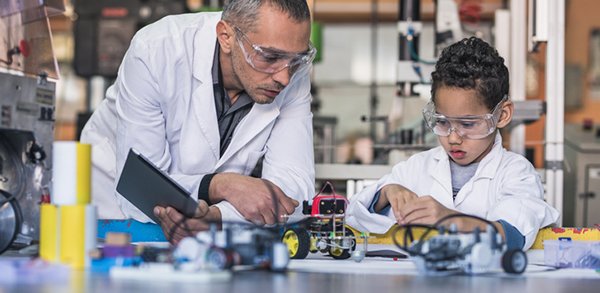
In the fast-paced world of STEM (Science, Technology, Engineering and Mathematics), educators need to stay ahead of the curve. As robotics and STEM educators, you play a crucial role in preparing the next generation for the evolving landscape of STEM careers. Here are some ways to introduce students to new and exciting career opportunities to ensure a diverse and well-matched workforce.
- 0 Comments
- Oct 19, 2023 6:21:27 PM
- Posted by Natalia Galvis
- Topics: EdTech, STEM, teachers, Coding, programming, Edchat
Generative AI Is Changing Computer Science Education For The Better
By Carla Jose
Image Source: Pexels
The intersection of artificial intelligence and education has given rise to a range of fascinating transformations. One key player in this revolution is generative AI, a technology that's making its mark on computer science in an especially meaningful way.
For starters, it dovetails impeccably with teaching complex coding processes, and can turn algorithmic mysteries into digestible concepts that even beginners can understand. Better yet, it makes classroom sessions and lectures highly interactive and engaging by generating dynamic examples customized for each student's preferences or ability level.
Ultimately, these novel methods made possible by generative AI can better prepare learners for future challenges awaiting them in the ever-evolving tech industry. So let’s look at the ins and outs of this in more detail to discover just how much of a game-changer the right AI tools and techniques can be when it comes to molding young minds.
- 0 Comments
- Oct 6, 2023 3:58:57 PM
Relevant Posts
- Augmented Reality: A Tool for Teaching Students Robot Programming
- Fostering Innovation Through Youth Education in STEM and EdTech
- How Parents Can Foster STEM Learning Beyond the Classroom
- How Robotics Cultivates a Deep Understanding of Mathematics in Students
- RobotLAB Receives EDTech Chronicle 2023 ‘BESTIE’ Award for Landmark Partnership with American Samoa Dept. of Education.
Subscribe to Email Updates
-
I Want To Learn MoreADDITIONAL INFORMATION
